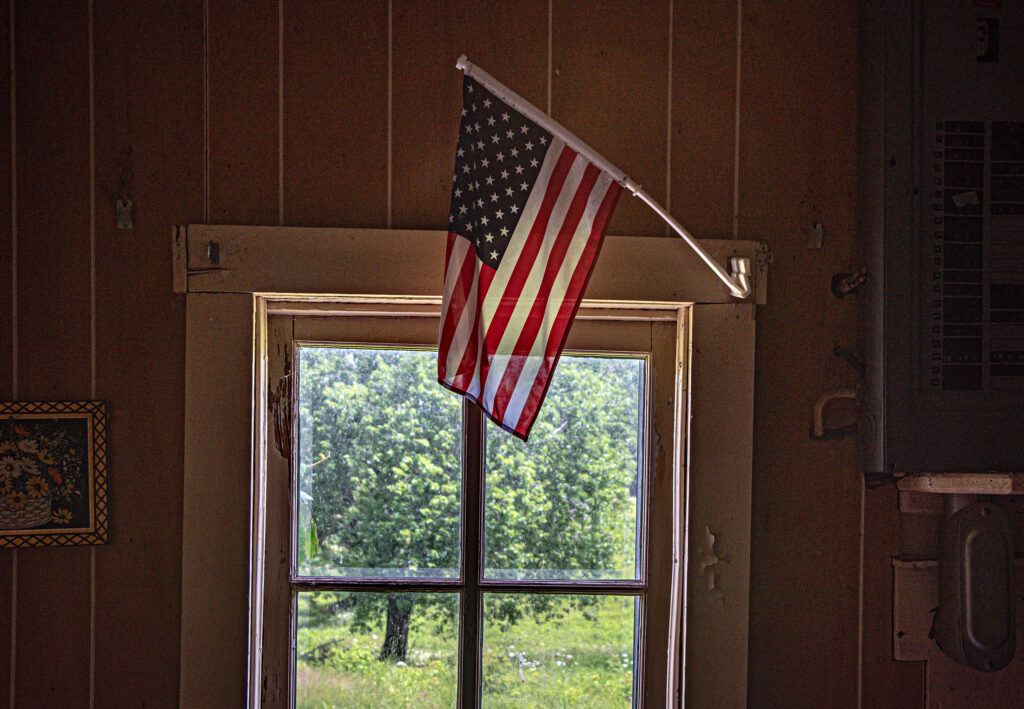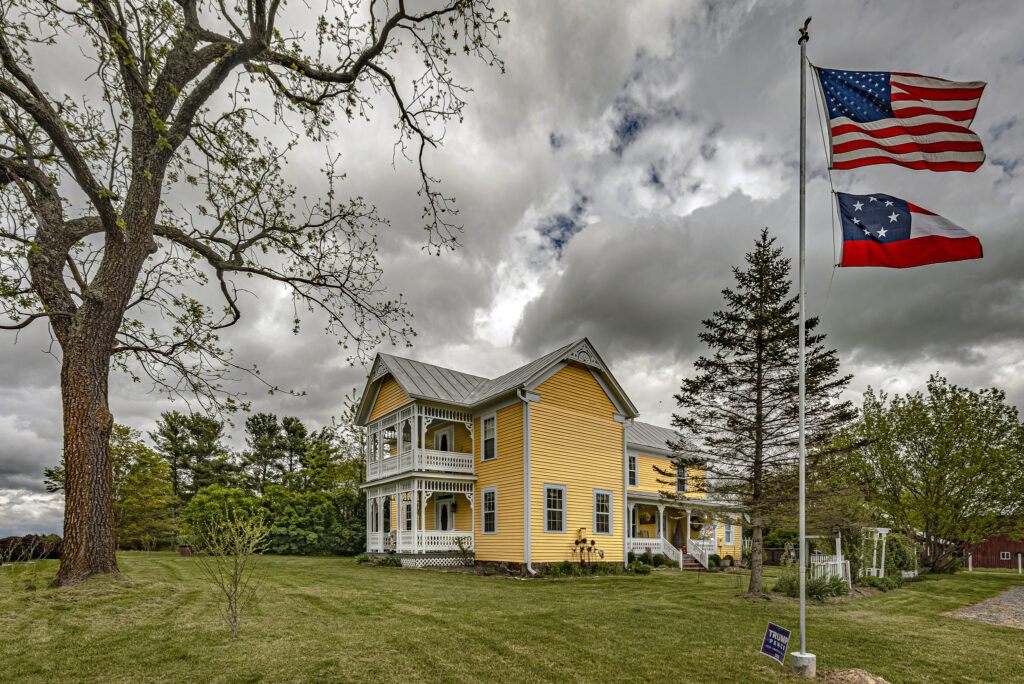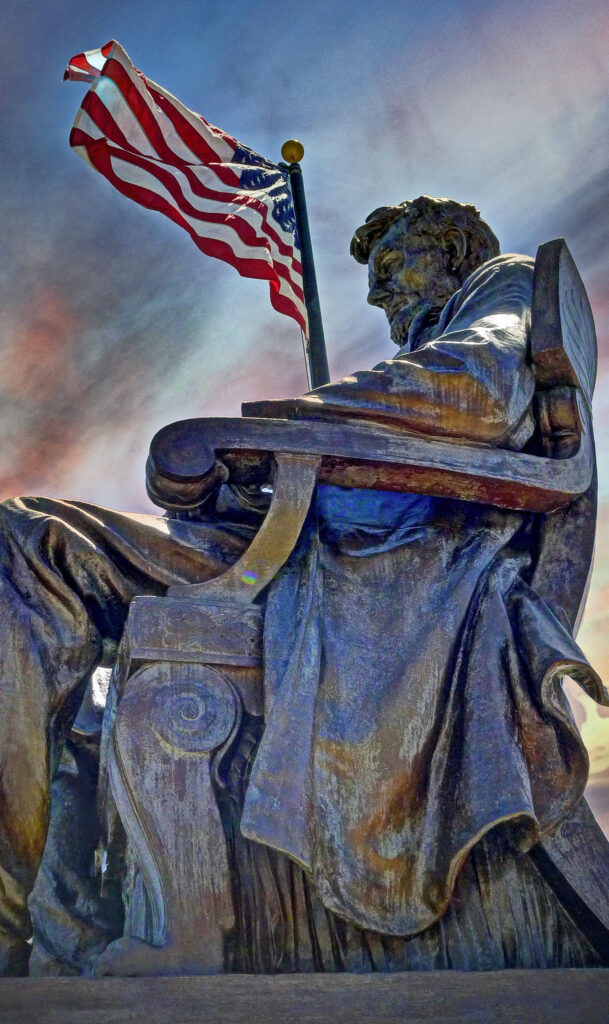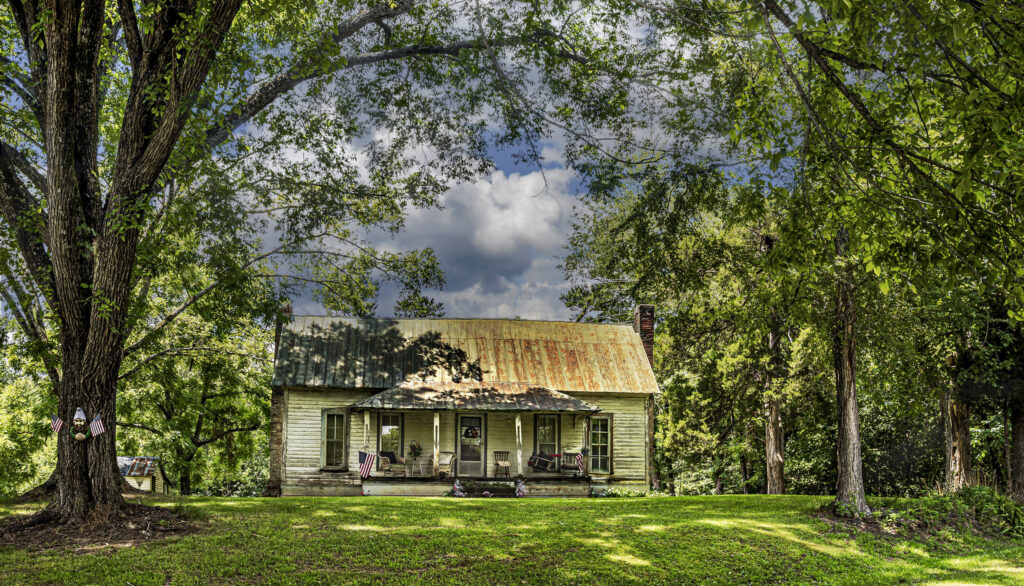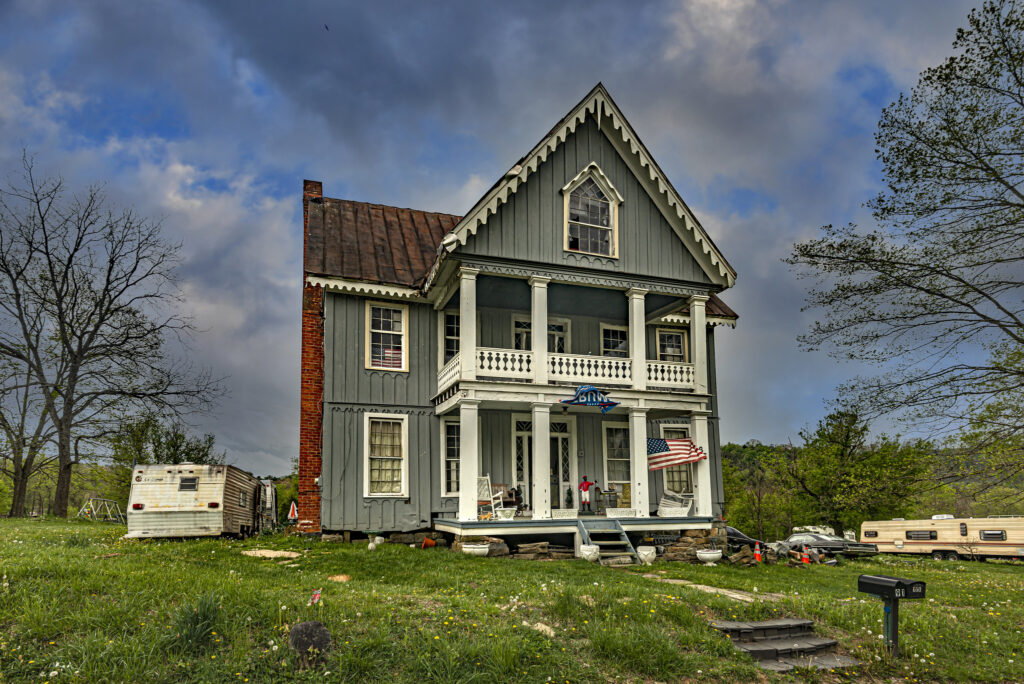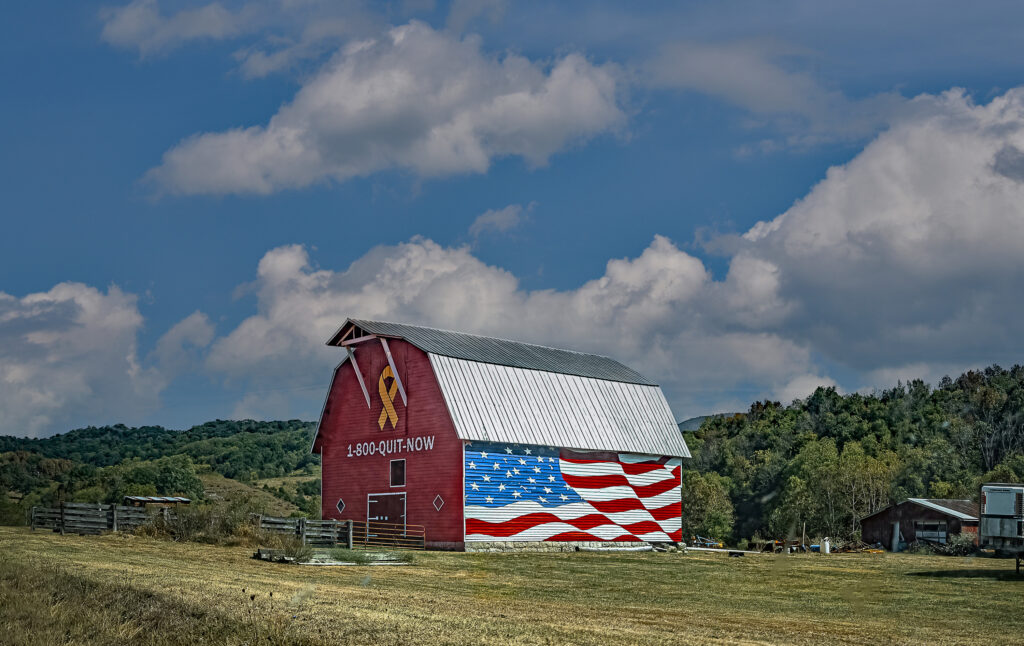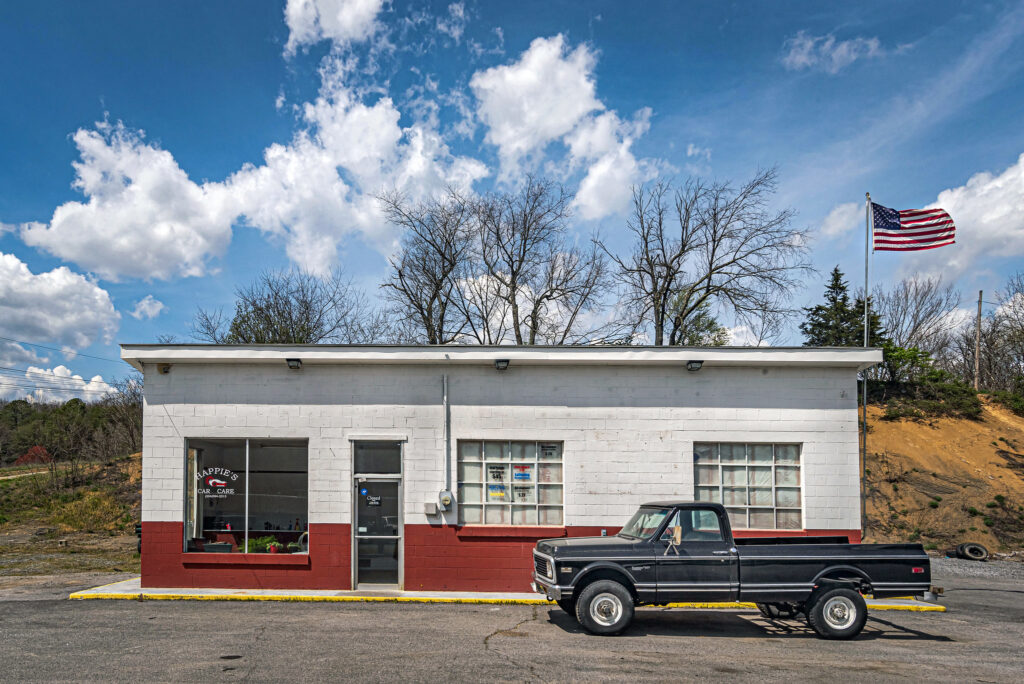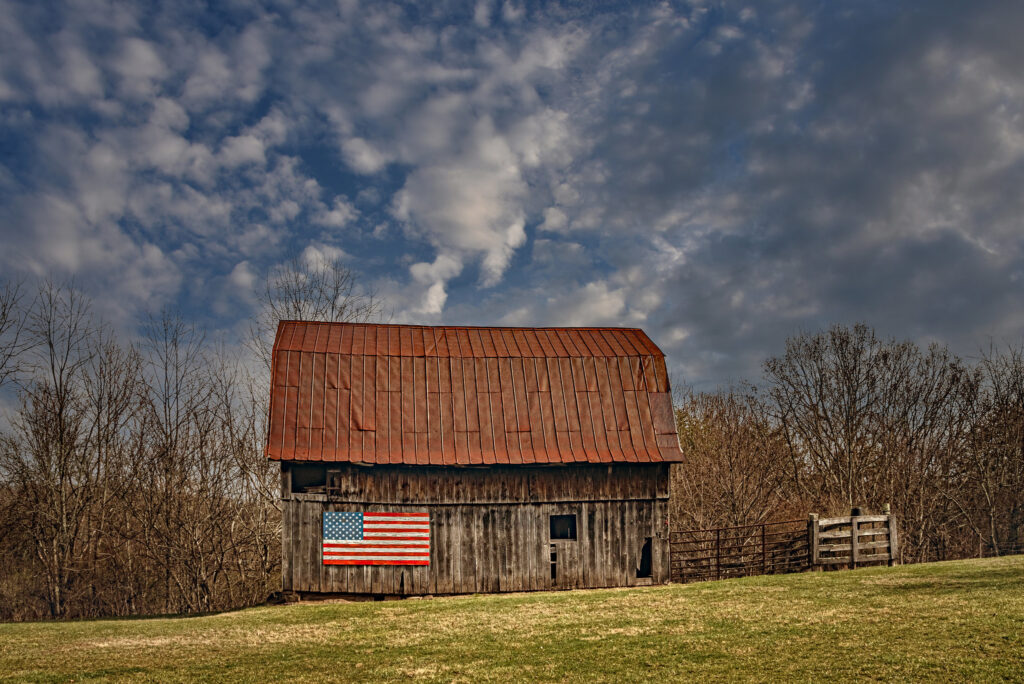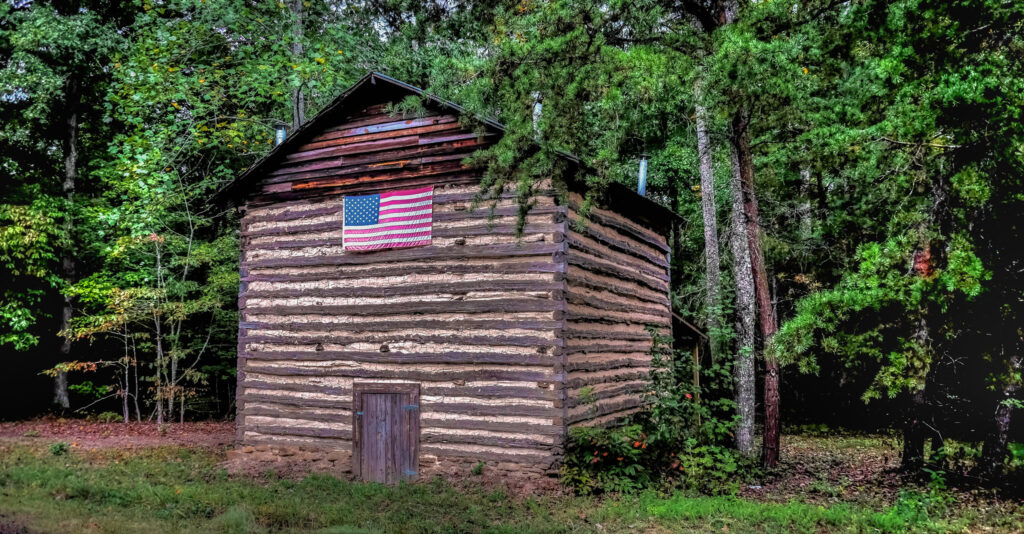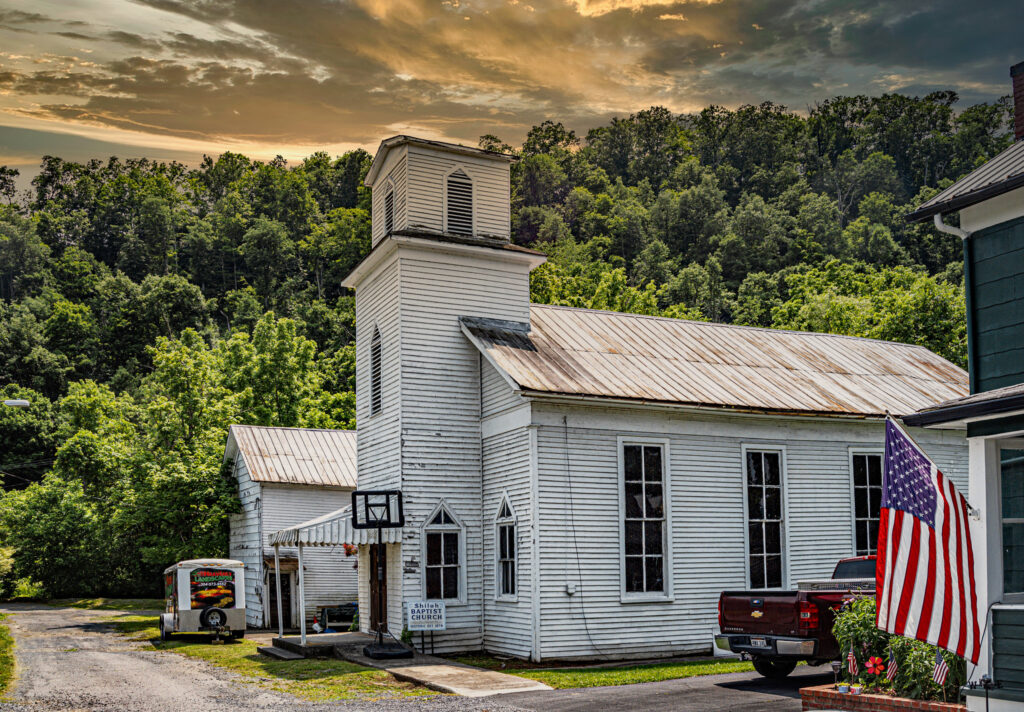Windows. Most buildings have them and they make great subjects for photography.
Abandoned homes and stores often have the best windows for the back road photographer, and they can be shot from inside or outside.
I’m sharing a few of my favorites here.
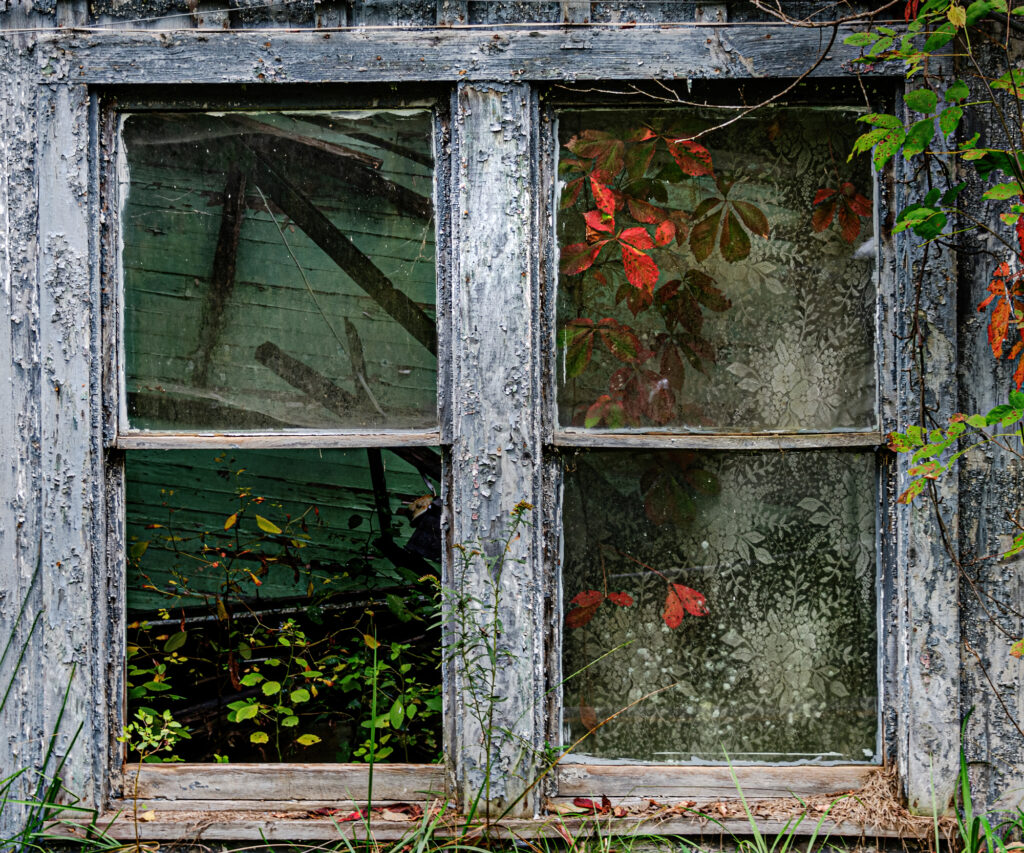
This one was shot in Rock Camp, Monroe County, WV. It’s a window of the old Harvey Store, along U.S 219. My wife and I were coming home from a short autumn photo road trip when I saw the window with vegetation growing inside and out. The lace curtains added to the scene. I pulled off the road and snapped a couple of shots from the open truck window with my Nikon D850, and 28-300 Nikkor set at about 65mm. We drove back home and I processed it that night. It has become one of my favorite shots.
Another favorite is from an old farmhouse, near Symsonia, Graves County, KY. The house had been abandoned for years, but an American flag still proudly hung above the window, as vines creeped inside. The photo was, by chance, shot on Independence Day last year.
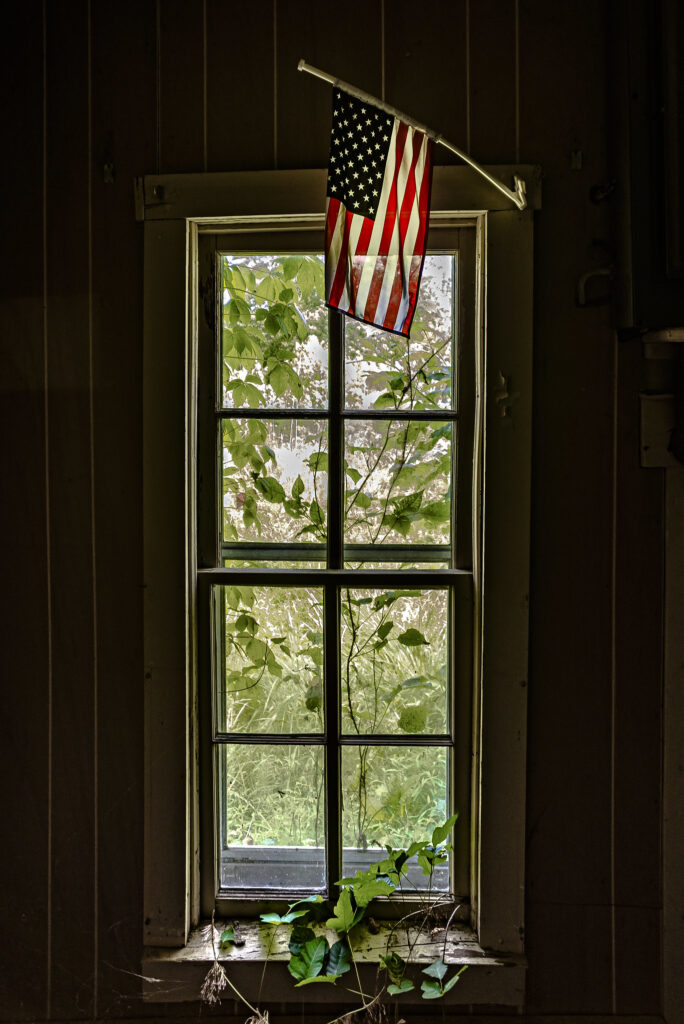
I’ll close with a shot from Thurmond, Fayette County, WV. It’s the front of the old National Bank Building there, which is maintained by the National Park Service. I was in the area for a meeting and decided to visit while I was there. The window looks much like it did decades ago, and the bank served the rural and prosperous coal mining community. Trains still travel along the tracks on a daily basis, and the old town offers a wealth of subjects for the back road photographer.
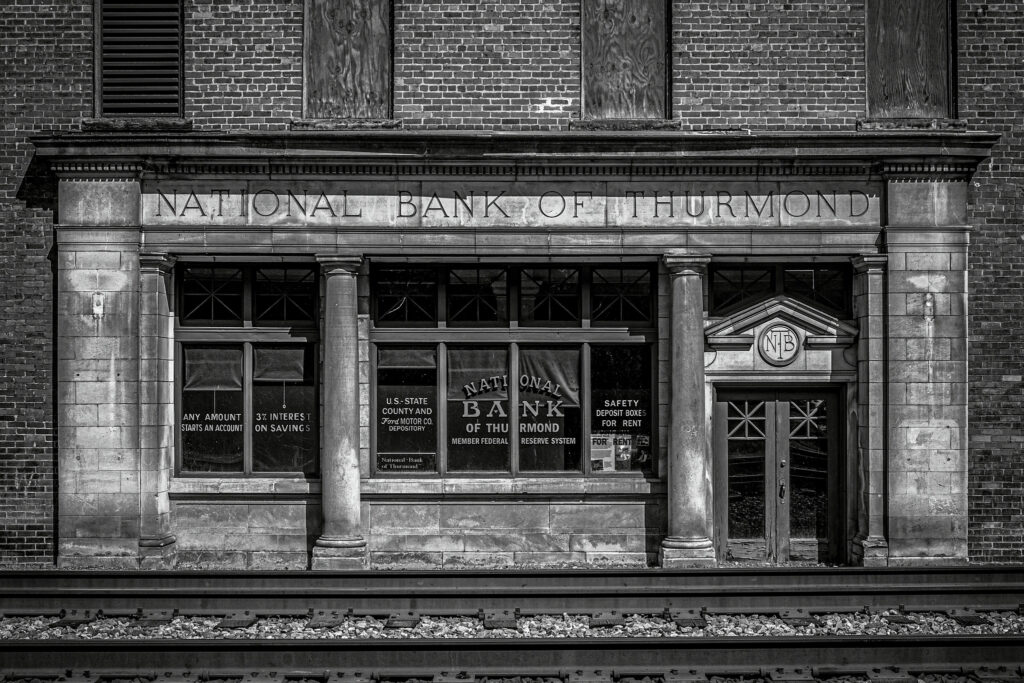
Windows are everywhere and they vary greatly in design and decoration, but one thing is for sure, they make great subjects for photography.





